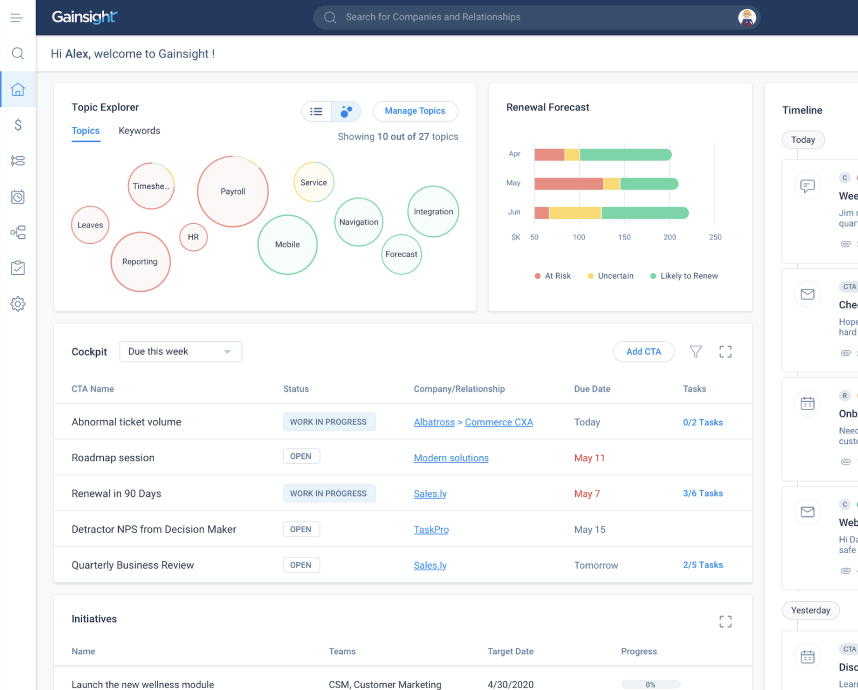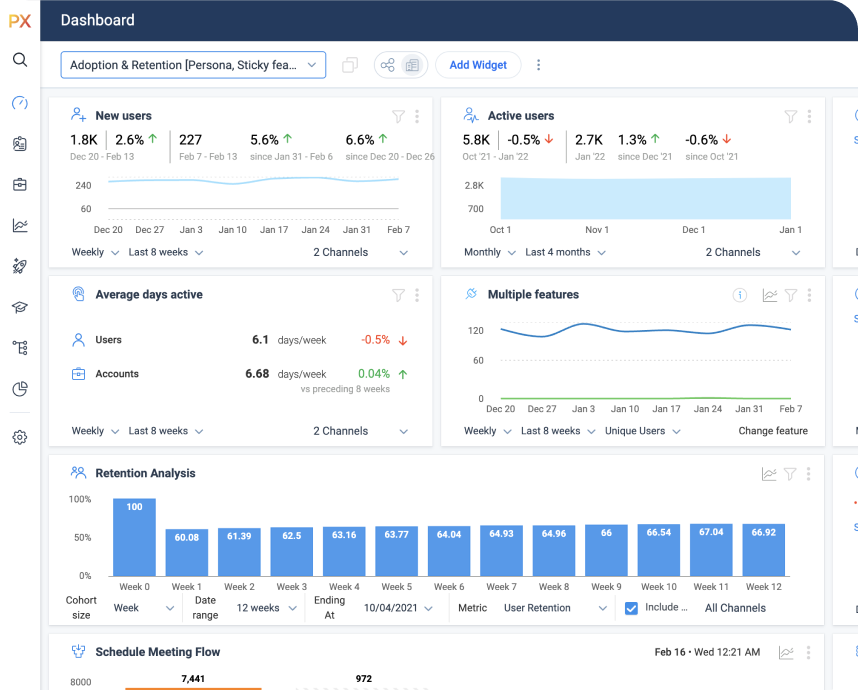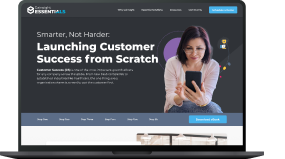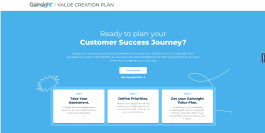When customer success began, many of the strategies were reactionary. A decade later, the best customer success managers are proactive and highly transparent, both with their teams and with customers.
To ensure that your customer success strategies are proactive and effective, you need to establish a clear view into your current customer base, their priorities, and their current customer health score.
Although the Customer Success Managers (CSMs) will access this information, most frequently, it’s critical that all team members have access to it. Up-to-date customer information will inform their strategies, communications, and plans for the future.














